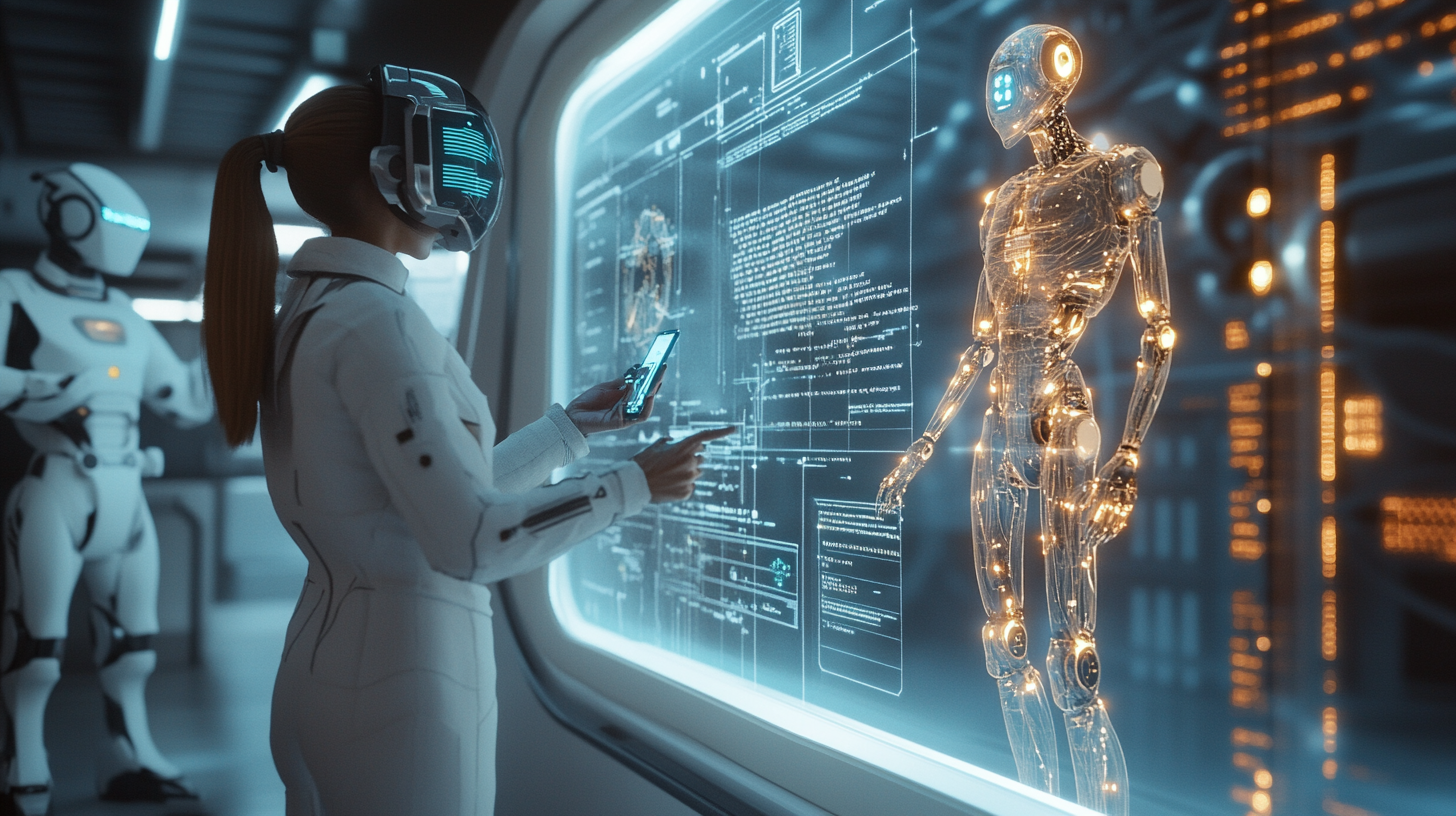Digital Transformation and Social Change
(Taejae Future Consensus Institute)
How do digital technologies transform society, and how can we address the resulting challenges?
The Taejae Digital Transformation and Social Change Team explores this question through the DIKW model of decision-making: Data (D) → Information (I) → Knowledge (K) → Wisdom (W).
This framework identifies five distinct ages in the evolution of decision-making processes, examining how the balance between technology-driven and human-driven aspects has shifted over time.

First Age: Authority-based Decision Making Era
Period: Ancient times - 15th century
Key Decision Makers: Religious leaders, monarchs, tribal elders, and aristocracy
Decision Characteristics: Authority-based decision making where Data was manually recorded, Information transmitted orally, Knowledge stored in writing systems, and Wisdom derived from authority figures.
"The king has decided to increase taxes. It is divine will and must be obeyed."
Communities relied on religious and monarchical authorities to make resource allocation decisions, with these authorities claiming divine right or traditional legitimacy.
Decision-making Power Changes
Information transmission centered on manuscripts and oral tradition. The invention of writing and record-keeping systems enabled authority-based decision-making.
Community Restructuring
Communities based on physical proximity, patriarchal extended family structures, and identities dependent on status and lineage.
Social Problems
Literacy gaps and limited access to knowledge, concentration of power and deepening inequality, social division due to information monopolies.
Systemic Solutions
Knowledge transfer systems between social strata, community-based information sharing systems, consensus-based decision-making. These solutions laid the groundwork for the systematic data collection and empirical measurement that would define the Second Age.

Second Age: Data-based Decision Making Era
Period: 16th century - mid 20th century
Key Decision Makers: Scientists, engineers, bureaucrats, and industry experts
Decision Characteristics: Data-based decision making where Data was mechanically measured, Information analyzed with analog tools, Knowledge spread through mass printing, and Wisdom came from expert consultation.
"Let's calculate tax revenues and allocate resources based on census data."
Systematic data collection through population censuses and economic surveys enabled bureaucrats and experts to make resource allocation decisions based on empirical measurements.
Decision-making Power Changes
Development of mass printing and mass media. The rise of mechanical measurement tools and systematic data collection led to data-based decision-making systems.
Community Restructuring
Development of bureaucracy and representative democracy. Transition to nuclear family-centered structures and formation of interest/class-based communities.
Social Problems
Educational access and quality gaps, monopolization of power by expert groups, information inequality and social segregation.
Systemic Solutions
Institutionalization of public education systems, legislation guaranteeing information accessibility, representative democratic decision-making systems. These democratic and educational systems enabled the information-based decision-making that would characterize the Third Age.

Third Age: Information-based Decision Making Era
Period: Mid 20th century - early 21st century
Key Decision Makers: Data analysts, corporate executives, policy experts, and technologists
Decision Characteristics: Information-based decision making where Data came from digital sensors, Information was algorithmically analyzed, Knowledge created through computer modeling, and Wisdom derived from human decision support systems.
"Our algorithm analysis indicates allocating more budget to this region would yield 15% greater economic growth."
Digital systems collected and processed vast amounts of economic and demographic data through algorithmic analysis, producing information that policy experts used to make resource allocation decisions.
Decision-making Power Changes
Big data, cloud computing, machine learning, and early AI algorithms led to the spread of information-based decision-making where processed information became the key driver.
Community Restructuring
Networked selves and digital identities, digitally mediated communication and community formation, strengthening of platform companies' intermediary power.
Social Problems
Algorithm bias and automated discrimination, deepening digital literacy gaps, data privacy and sovereignty issues.
Systemic Solutions
Digital rights and data protection laws, algorithm transparency regulatory frameworks, digital literacy education policies. These regulatory frameworks and educational initiatives paved the way for the human-AI collaboration and knowledge-based decision-making of the Fourth Age.

Fourth Age: Knowledge-based Decision Making Era
Period: Early 21st century - mid 21st century (current era)
Key Decision Makers: AI systems with human oversight, knowledge workers, and domain experts
Decision Characteristics: Knowledge-based decision making where Data flows from IoT sensor networks, Information processed through machine learning, Knowledge generated by AI, and Wisdom emerges from human-AI collaboration.
"The AI system has identified optimal resource allocation strategies that would maximize social welfare across multiple sectors."
AI systems generate knowledge by analyzing complex patterns across vast datasets. Humans collaborate with these AI systems to implement resource allocation policies that balance multiple competing priorities.
Decision-making Power Changes
Generative AI and large language models enable knowledge-based decision-making systems, where AI-generated knowledge becomes the foundation for human-AI collaborative decisions.
Community Restructuring
Extended cognition and augmented selves, physical-digital convergence shared spaces, interest-based global communities.
Social Problems
AI technology accessibility gaps, concerns about weakened cognitive autonomy, emergence of AI dependency syndrome.
Systemic Solutions
Institutionalization of AI ethics guidelines, ensuring access to digital public goods, human-AI collaboration governance systems. These governance systems and ethical frameworks established the foundation for the AI-mediated value representation and multi-stakeholder negotiation that would define the Fifth Age.

Fifth Age: Wisdom-based Decision Making Era
Period: Mid 21st century - future
Key Decision Makers: Personal AI agents representing individual citizens, AI agent negotiation systems, and human oversight committees
Decision Characteristics: Wisdom-based decision making where Data is processed by quantum computing, Information through neural processing, Knowledge from self-learning AI, and Wisdom generated by AGI systems guided by human values.
"The national budget has been optimized based on the collective input from citizens' personal AI agents representing their diverse values and priorities."
Personal AI agents represent individual citizens' values, priorities, and interests in resource allocation decisions. These agents negotiate with each other in digital democratic forums, while advanced AGI systems analyze complex societal needs.
Decision-making Power Changes
Development of personal AI agents that represent individual human values and interests, creating a new form of digital democracy where AGI systems facilitate negotiation between diverse perspectives.
Community Restructuring
Formation of interest-based communities represented by AI agents, development of digital democratic forums where AI agents negotiate on behalf of their human principals.
Social Problems
Ensuring AI agents accurately represent human values, addressing potential manipulation of AI agents, managing conflicts between competing interests.
Systemic Solutions
Development of AI agent certification standards, transparent negotiation protocols between AI agents, democratic oversight of AI agent systems.
© 2025 Taejae Future Consensus Institute. All rights reserved.